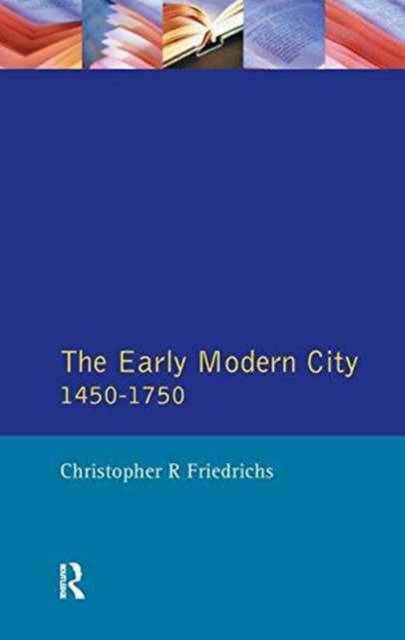
- Retrait gratuit dans votre magasin Club
- 7.000.000 titres dans notre catalogue
- Payer en toute sécurité
- Toujours un magasin près de chez vous
- Retrait gratuit dans votre magasin Club
- 7.000.000 titres dans notre catalogue
- Payer en toute sécurité
- Toujours un magasin près de chez vous
Description
In the first attempt to cover the urban society of early modern Europe as a unified whole, Christopher Friedrichs challenges the usual emphasis on regional diversity by stressing the extent to which cities across Europe shared a common urban civilization whose major features remained remarkably constant throughout the period. After outlining the physical, political, religious, economic and demographic parameters of urban life, he vividly depicts the everyday routines of city life and shows how pitifully vulnerable city-dwellers were to disasters, epidemics, warfare and internal strife.
Spécifications
Parties prenantes
- Auteur(s) :
- Editeur:
Contenu
- Nombre de pages :
- 392
- Langue:
- Anglais
- Collection :
Caractéristiques
- EAN:
- 9781138162372
- Date de parution :
- 27-01-17
- Format:
- Livre relié
- Format numérique:
- Genaaid
- Dimensions :
- 140 mm x 216 mm
- Poids :
- 598 g







